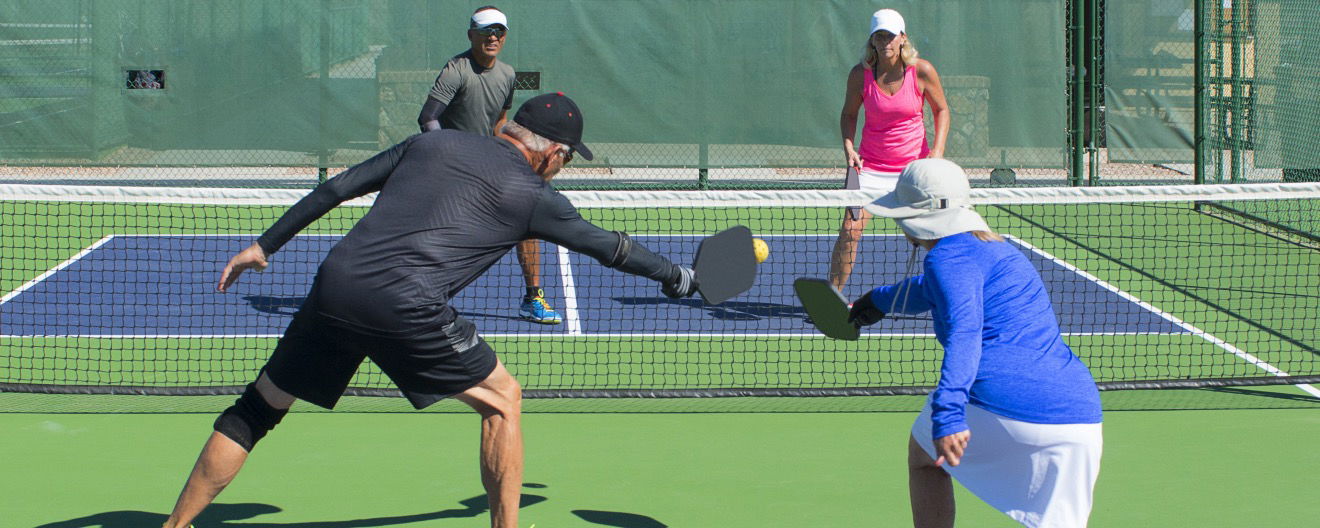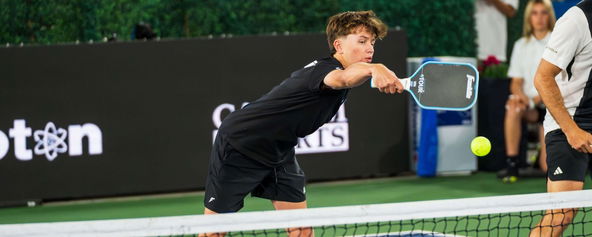
The top 10 fundamentals needed for a great dink
Dinking is a strategic weapon that helps you control the pace of a point, neutralize your opponent’s power, and set up winning shots.
That's why familiarizing yourself with this essential skill could easily be the difference between a podium finish and coming up short.
Here are the best dinking tips to help you improve your soft game and win at the net:
1. Stay low and balanced
Keep your knees bent and your weight forward on the balls of your feet.
A low stance improves stability, reach, and reaction time
2. Keep your paddle out in front
Hold your paddle in front of your body, not to the side.
This helps with faster reactions and better control during dink exchanges.
ADVERTISEMENT
3. Use a light grip
Grip pressure should be around 3–4 out of 10.
A soft grip absorbs impact and helps keep your dinks low and controlled.
4. Use a simple, controlled motion
Let your shoulder and arm do most of the work, and keep your wrist stable.
Think short and soft. No big swings.
5. Aim low over the net
The ideal dink clears the net by just a few inches and lands in the kitchen.
Avoid hitting too high because it invites your opponent to attack.
6. Target opponent’s feet or corners
Make it hard for them to return aggressively by forcing them to reach or move.
Mix up your placement to create opportunities.
7. Favor cross-court dinks
Gives you more room (diagonally longer court) and a lower net to clear.
Also pulls your opponent wide, opening up angles or middle attacks later.
8. Be patient, don’t force the attack
Dinking is a game of patience and strategy, not speed.
Wait for a mistake (high dink or pop-up) before attacking.
9. Use spin (when comfortable)
Add slight topspin for a faster bounce or backspin for a dead drop.
Only when you can already dink consistently (spin is a bonus, not a crutch).
10. Drill often, reps build consistency
Practice dinking cross-court, straight on, and from both forehand/backhand sides.
Consistency is king, so focus on keeping 10–20 dink rallies going.
Related articles

How to develop fast hands like Hayden Patriquin
Learn a couple of key drills that will help you speed things up.
2 days ago
-Victoria Radnothy

Ask Leigh Waters: The art of coaching Christian Alshon’s emotions
One of pickleball's sharpest minds shares some valuable insight.
4 days ago
-Victoria Radnothy





